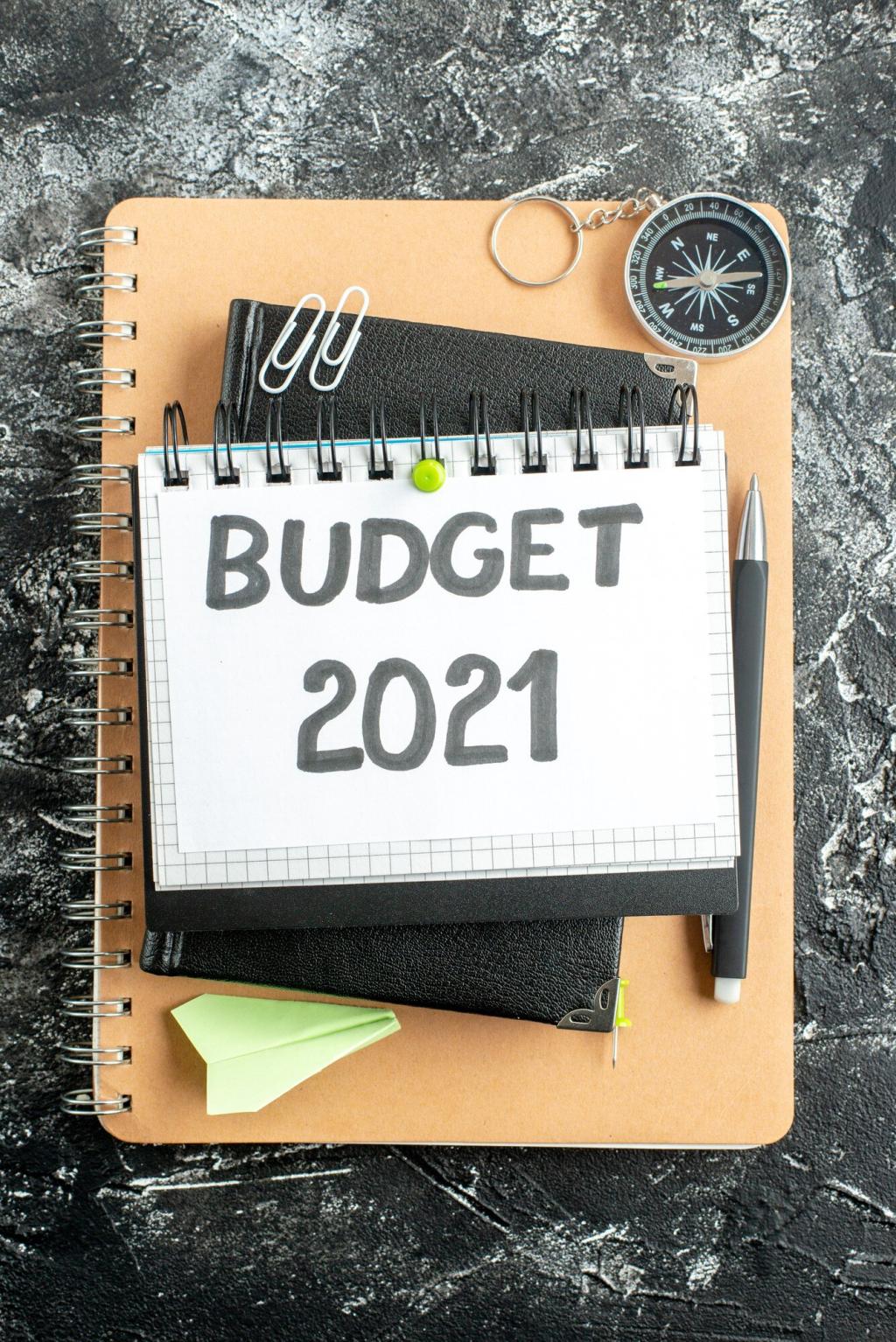Data Foundations and Feature Engineering
Normalize merchant names, map cost centers, align invoice dates, and handle missing taxes before modeling. Small cleanup efforts compound into dramatically better forecasts. Comment with your most stubborn data headache—we will suggest pragmatic fixes you can try tomorrow.
Data Foundations and Feature Engineering
Engineer signals like month-of-year, lead times, contract renewal windows, planned headcount changes, and promotional calendars. These features let models learn patterns people feel intuitively yet rarely quantify. Want a template feature checklist? Subscribe for our downloadable guide.







